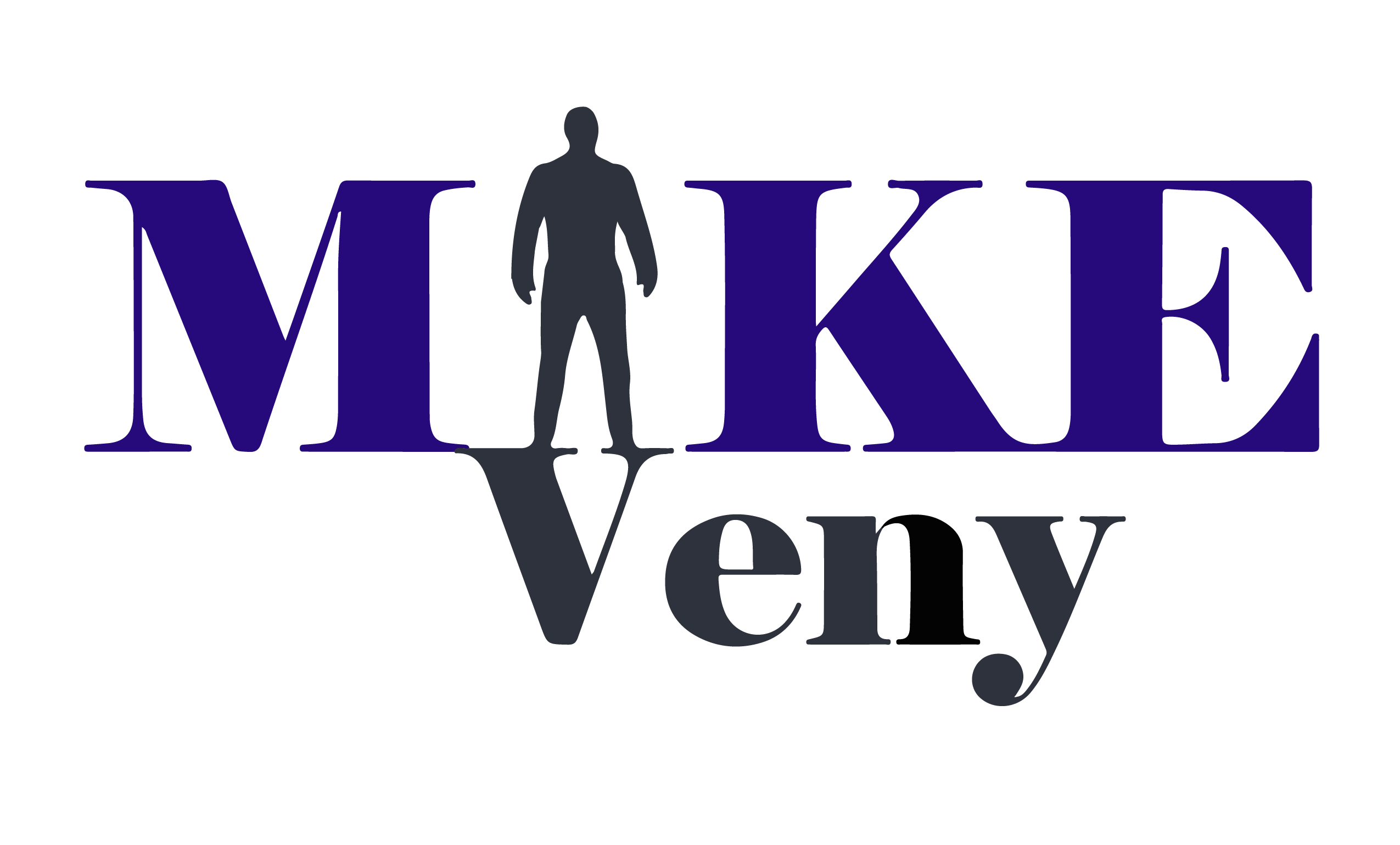
This is a sponsored post by FATJOE. However, all opinions expressed in this post are based on my personal view.
Until March of this year, remote positions were pretty scarce. Few employers offered them, instead preferring their staff to operate under one roof where they could collaborate as a team and where their productivity could be more easily observed and monitored. But the 2020 coronavirus and Covid-19 pandemic has changed this significantly.
Now, anyone who can work from home is generally working from home. Employers are asking staff to work remotely in order to comply with government guidelines that have been put in place to slow the spread of the virus and keep everyone as safe as possible. But this switch to remote work can be intimidating for an employer. Why?
Well, you’re operating in a new way and may not know how to effectively manage a remote team. One of the biggest threats facing remote teams right now is staff happiness and staff satisfaction levels dropping. Here are a few things you can do to make sure that your remote staff are as happy as they can possibly be right now.
Keep In Touch
The most important thing you need to do when it comes to maintaining staff happiness is to ensure you all keep in touch with one another, even while you aren’t working in the same space anymore. Working remotely can easily become lonely and isolating if your staff aren’t able to communicate with others easily and openly.
Not only will this impact productivity, but it can result in issues with your staff members’ mental health too. So, set up meetings over video chat and offer instant chat software to your team. Check-in on anyone you haven’t heard from as much as you usually would if you were working together in the office. This will help to maintain a sense of team spirit and keep morale high.
Understand Their Needs
Different staff will need different levels of support in different areas. For example, Gen Z in the workplace tends to already be more familiar with using devices and software and can more easily transition to working remotely.
However, older staff members may struggle with the switch to a more digitally based-position. Make sure to understand all of your different staff members, their needs, and what they need in regard to your help and support.
An easy way to define this is to get staff to fill in an anonymous survey. This will give you a good idea of people’s concerns, worries, and struggles without people being worried that they may be judged or punished for their thoughts and views.
Be Understanding
These are difficult times and people may require a little more flexibility with their work and expectations of them than usual. People may be helping vulnerable loved ones. They may be taking on childcare responsibilities while working. All sorts of changes are happening. So, try to be understanding and flexible.
The above steps really should help to keep your remote team as happy as possible. Try implementing them into your working processes to see the benefits within your own team!



